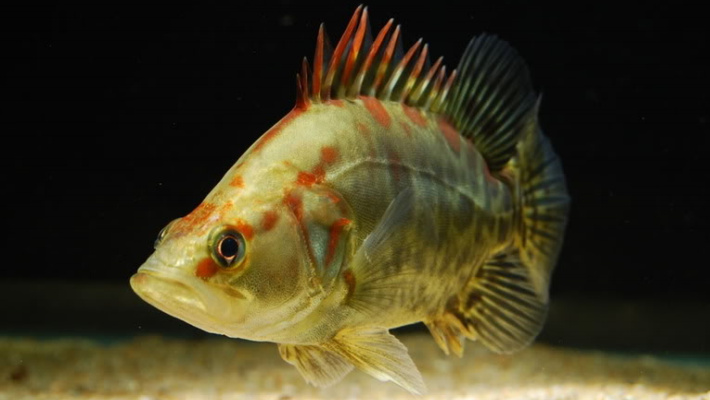|
It is
generally known that fermentation of cereal brans improves their numtrient
value, in particular through increasing protein content (e.g., Hassan et al.,
2008; Silveira & Badiale-Furlong,
2009). In the field
experiments described below, we have tested the attractiveness of fermented and
unfermented white brans for cyprinid fish.
Wheat bran
for human consumption was fermented with 0,2 % of dry baker yeast (Saccharomyces
cerevisiae). Fermentation of moistured bran was carried out at 25o C
within 2 days in plastic bags with the leaking lids.
Moist
fermented and moistured unfermented brans were mixed with the pure dry grey
clay in proportion 1:1 or 1:2, depending on the clay quality. Both mixes were
rolled into the balls (3 cm diameter) and dried in air within 12 hours. Then
dry balls (that had practically the same color) were strung on the lines ended
by the small button like stoppers, with marks to distinguish them.
In the
field, lines
with the two compared balls were tied (25 cm between centers of the balls) to
the cross
bar placed above the water
with the help of two racks. Narrow channels (40-50 cm width) in the shallows between macrophytes
(usually water lily, Nuphar lutea,
and pondweeds Potamogeton spp.) were
selected. Balls went down to the depth of about 5 cm, to attract roach and other top
dwelling fish, or about 30 cm, to attract crucian and other bottom dwelling
fish.
In
the surface tests, mainly juvenile roach, Rutilus
rutilus, rudd, Scardinius
erythropthalmus, as well as juvenile and adult river bleak, Alburnus alburnus, were attracted. In
lentic waters, lake bleak, Leucaspius delineatus, occured instead of
river bleak. In the bottom tests, mainly juvenile crucian, Carassius carassius, tench, Tinca
tinca, as well as juvenile and adult bitterling, Rhodeus amarus, (in areas with the sandy bottom) were
attracted.
After immersion into the water, clay balls with fermented and unfermented wheat
brans were beginning to crumble with
bran particles and attract fish. The fish were biting and destroying the balls.
So, the first touch of fish to one of the balls and the destruction of the most
attractive ball first were used as criteria for statistical estimations.
The
following results were obtained in the first session. Fish first touched 12
balls with the fermented wheat bran versus 3 balls with unfermented bran of 15
pairs of both kind balls offered (sign test, n = 15, z (+) =12, p < 0,05). Similarly, fish first destroyed 13
balls with the fermented bran (sign test, n
= 15, z (+) =13, p < 0,01) showing in this way the attractiveness (both
olfactory and gustatory) of fermented bran. The same preferences were observed
in other four sessions.
Basic References
Hassan
E.G., Award Alkareem A.M., Mustafa A.M.I. 2008. Effect of fermentation and
particle size of wheat bran on the antinutritional factors and bread quality. Pakistan Journal of Nutrition 7, 521-526
Silveira C.M.,
Badiale-Furlong E. 2009. Sperathe
effects of solid-state fermentation in the functional properties of defatted
rice bran and wheat bran. Brazilian
Archives of Boilogy and Technology 52, 1555-1562
|








 SUBSCRIBE
SUBSCRIBE


